| MMWR Weekly Volume 62, No. 17 May 3, 2013 | ||
Announcements: Drinking Water Week — May 5–11, 2013
Weekly
May 3, 2013 / 62(17);340
The United States has one of the safest public drinking water supplies in the world (1). Tap water not only provides water for daily activities such as drinking, bathing, and cooking, it also benefits the entire community by providing water to serve businesses, schools, and hospitals, and to promote overall health (2). May 5–11, 2013, is Drinking Water Week, an annual observance whose theme "What Do You Know About H2O?" underscores the many ways in which all consumers can get to know their water (3).
Disinfection and treatment practices, as well as the environmental regulation of water pollutants, have substantially improved domestic water quality during the past century and have led to a marked decrease in the incidence of waterborne diseases such as typhoid fever (4–6). Despite these improvements, sources of drinking water still can become contaminated and lead to adverse health effects (7).
New challenges to the U.S. water supply include aging drinking water infrastructure, the impact of climate change on water availability and quality, chemical contamination of water sources, emerging pathogens, and the development of new ways to obtain and use water. Drinking Water Week is a time to highlight the importance of safe drinking water and recognize that protecting and reinvesting in water infrastructure is crucial to the health of persons living in the United States.
References
- US Environmental Protection Agency. Drinking water and health: what you need to know. Washington, DC: US Environmental Protection Agency; 2009. Available at http://water.epa.gov/drink/guide/upload/book_waterontap_full.pdf
.
- CDC. Achievements in public health, 1900–1999: changes in the public health system. MMWR 1999;48:1141–7.
- American Water Works Association. Drinking Water Week 2013. Denver, CO: American Water Works Association; 2013. Available at http://www.awwa.org/resources-tools/public-affairs/public-affairs-events/drinking-water-week/dww-materials.aspx
.
- CDC. Achievements in public health, 1900–1999: safer and healthier foods. MMWR 1999;48:905–13.
- CDC. Summary of notifiable diseases—United States, 2010. MMWR 2012;59(53).
- Cutler D, Miller G. The role of public health improvements in health advances: the 20th century United States. Cambridge, MA: National Bureau of Economic Research; 2004. Available at http://www.nber.org/papers/w10511.pdf
.
- US Environmental Protection Agency. Drinking water contaminants. Washington, DC: US Environmental Protection Agency; 2011. Available at http://www.epa.gov/safewater/contaminants/index.html
.





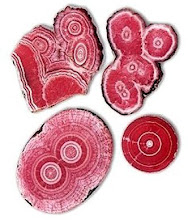
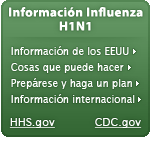

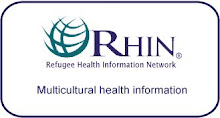




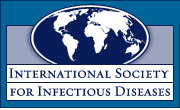




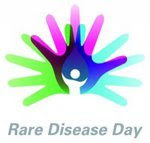
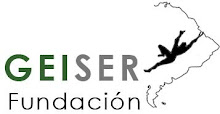


.png)











No hay comentarios:
Publicar un comentario